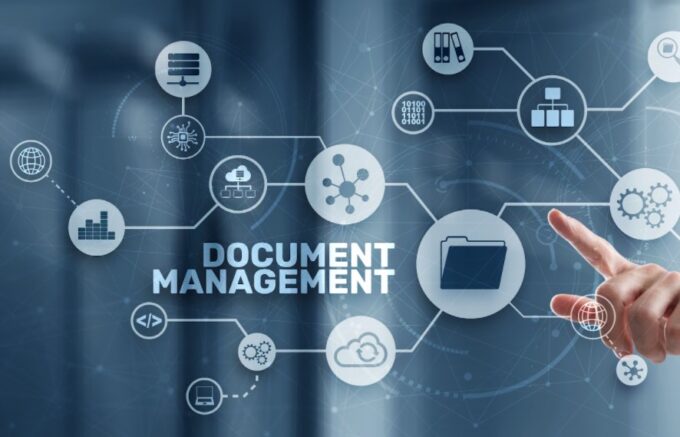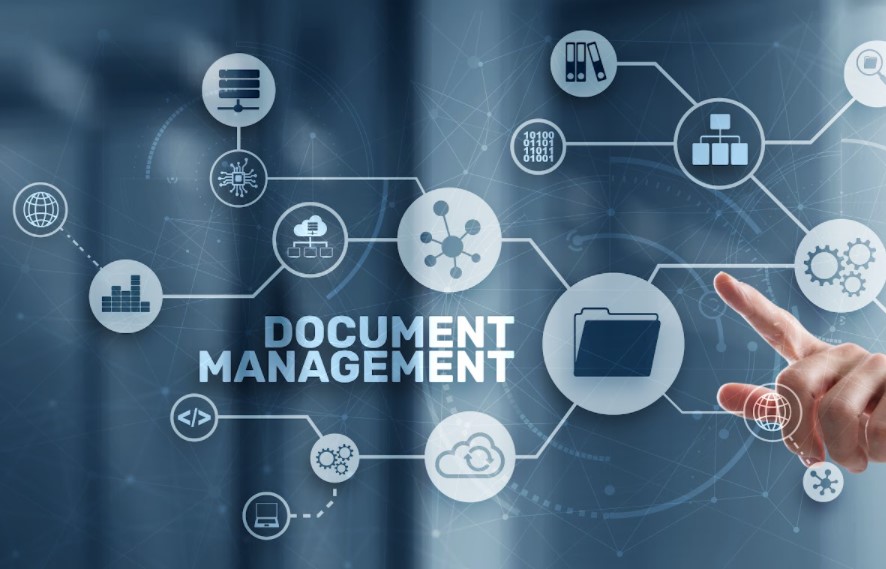For any organization or company, managing all the documents they receive, process, and send out can be a daunting challenge. On any given day, the volume of transactions and the various documents received in an office tend to pile up. If the organization has been in existence for several years, its archive of physical documents may have to be stored in several rooms.
That’s why an efficient business document management system is essential to any enterprise. It can have an effect on your capability to respond to customer orders or complaints in a timely manner. Many companies are now opting to digitize their processes and acquire secure file transfer software from providers such as goanywhere.com.
There are numerous ways to digitize the way you handle documents. Here are a few recommended steps on how to set up your own business document management system:
1. Determine Who Will Manage It
Before you embark into creating a business document management system, you have to carefully plan the process involved. It’s not as simple as downloading a piece of software and then telling everybody in your organization through an office memo to use the program. The whole process requires a transition from purely paper-based transactions to either hybrid paper-digital or purely digital and paperless transactions.
To be able to transition in an organized manner without paralyzing operations or ongoing projects, you’ll have to establish a team for oversight functions. These employees should be able to take into account all the aspects of the organization such as operations, administration, finance, and customer service. They should also be able to monitor all major processes and transactions.
2. Evaluate The Current Document Filing System
The first task of the team you’ve created to oversee the business document management system is to evaluate the existing system. They have to deal with the following tasks:
- Check the efficiency of the current system of filing, retaining, retrieving, and forwarding documents in paper and electronic form alike.
- Assess how documents are being received, processed, reviewed, stored, and eventually deleted from the records.
- Decide whether the entire project will be developed and implemented by the team internally or with the external help of a document management solutions company.
3. Conduct An Inventory Of Documents

Once the project team has already evaluated your current document management system, they’d already have a good idea of how your organization handles documents. The next step for them would be to conduct an inventory of the documents in every department of the company. This is also an appropriate time to require each department to digitize their documents.
The team may have decided to request the services of a document management solutions company, which would act as an external consultant or solutions provider. If that’s the case, the company can be tasked to help with the inventory and digitization process. After the inventory, your team will be able to identify the gaps, bottlenecks, loopholes, and blind spots in the organization’s existing document handling process and system.
4. Crafting The Strategy
After the project team has conducted the inventory, they’d already be aware of the various types of documents the entire organization deals with, the different purposes those documents serve, and where each file can be found. With that knowledge, they can come up with an overall strategy to create a new document management system. Here are some of the things they have to do:
- Figure out how documents will be received, processed, reviewed, stored, retrieved, archived, and eventually expunged from the records moving forward.
- Determine whether the proposed new system will be standardized throughout the organization or each department will have a custom process based on their particular needs and requirements.
- Discuss how documents will be handled when they’re no longer needed in the office and can thus be permanently archived.
- Formulate a timeline and decide when each step should be completed.
Based on the strategy outline developed by the team, they can now take measures to get rid of clutter in the office. Folders and files that are no longer needed should be stored in a separate place or disposed of altogether. These documents would only be needlessly taking up space in the office. They also pose a potential liability risk if they contain confidential information and aren’t shredded or disposed of so no one can access their content anymore.
5. Establish Procedures And Requirements

Based on the existing transactions, processes, workflow, and coordination mechanisms of the company, the team may propose, recommend, and establish revised, modified, or entirely new procedures and requirements. They may also set the levels at which these new procedures and requirements apply, whether at the office level only, department level, or company-wide level.
6. Organize Documents And Maintain The Process
Once the project team has given the go signal to implement the document management system and strategy they’ve crafted, it’s important for each office unit and department to enforce the procedures and requirements identified and outlined by the team. The success of the project is highly dependent on the commitment of all employees to follow the steps on how to organize their documents.
When the new or revised system has already been implemented, make sure that:
- New documents are scanned, filed, and uploaded as they come in
- Access to records is limited to those who have authorization and a security permissions system is in place for electronic records
- A check-out system to track who accessed certain documents, who made changes to them, and when such edits were done is implemented
- Documents that have already aged and should be prioritized are tagged
7. Choose A Custom Document Management Software

The project team would also have to select a custom document management software, and this can be developed by the external consultant or solutions provider company. All the procedures and requirements outlined in your team’s strategy should be taken into account during the development or customization of the software. The document management system should also leave room for handling special kinds of documents that you and your employees may encounter from time to time.
The Lifeblood Of Corporate Communications
Handling business documents is crucial in the operations of any company. These can range from letters of inquiry to quotation requests to purchase orders from customers. They can also be financial or accounting documents, which have to be kept secure at all times. Documents are the lifeblood of corporate communications, so it’s important to have an effective document management system if you want your business to thrive for years to come.









